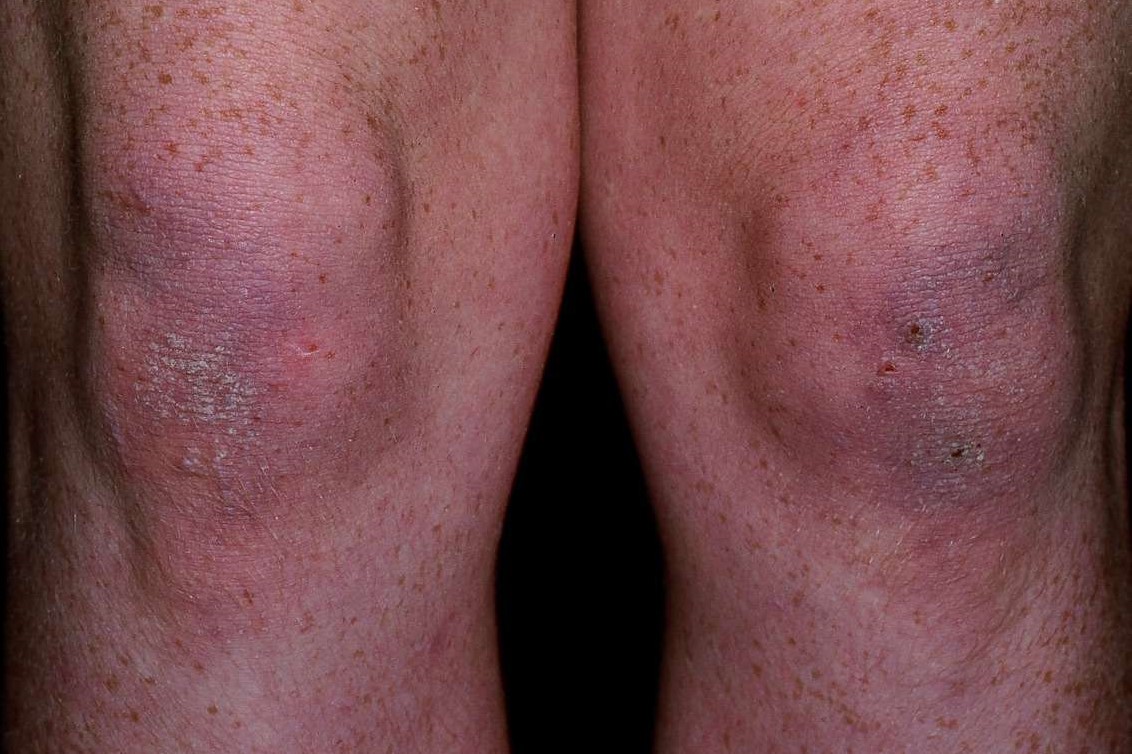
Dermatomyositis: what it is and how to treat it
Dermatomyositis is a connective tissue disease characterised by inflammation and destruction of skin and skeletal muscle tissue
Dermatomyositis can lead to inflammation and heart failure or lung disease that, in extreme cases, can cause death.
It often occurs together with rheumatoid arthritis, rheumatic fever, scleroderma and – especially in the elderly – certain types of cancer.
A similar condition, presenting all but skin symptoms, is polyomyositis.
Causes of dermatomyositis
Dermatomyositis can arise as a result of an autoimmune reaction or from a musculoskeletal viral infection.
However, the true causes are still unknown.
Spread of the disease
Dermatomyositis can affect people of all ages, but is most common between the ages of 40 and 60 or between the ages of 5 and 15.
It appears more frequently in women than in men.
Symptoms: how dermatomyositis manifests itself
The main symptoms of dermatomyositis are stiffness, weakness and muscle pain, especially in the muscles of the limbs.
Skin manifestations also occur, in the form of eruptions, redness and eczematous lesions (concentrated on the face, neck and limbs).
Other symptoms are joint pains, blood spills at the base of the nails, and difficulty swallowing and breathing.
How the diagnosis is made
Diagnosis is based on a physical examination, which is mainly aimed at identifying muscle weakness (presenting with difficulty in standing up from a sitting position, lifting arms or climbing stairs) and rash (a dark red rash on the face, neck, shoulders and upper chest).
Other examinations to be performed may include:
- electromyography (to diagnose muscle inflammation);
- muscle biopsy;
- Magnetic Resonance Imaging;
- electrocardiogram;
- creatine phosphokinase analysis (enzyme released during the destruction of muscle fibres).
Treatment and cure of dermatomyositis
Treatment is based on the administration of cortisone drugs and – in less severe forms – immunosuppressants.
In cases where the pathology is associated with a tumour, surgical removal is necessary.
Rehabilitation and physiotherapy are essential for the patient’s full recovery.
Read Also:
Emergency Live Even More…Live: Download The New Free App Of Your Newspaper For IOS And Android
Pityriasis Alba: What It Is, How It Manifests Itself And What Is The Treatment
Atopic Dermatitis: Treatment And Cure
Psoriasis, A Disease That Affects The Mind As Well As The Skin
Allergic Contact Dermatitis And Atopic Dermatitis: The Differences
Adverse Drug Reactions: What They Are And How To Manage Adverse Effects
Symptoms And Remedies Of Allergic Rhinitis
Allergic Conjunctivitis: Causes, Symptoms And Prevention
What Is And How To Read The Allergy Patch Test
Eczema Or Cold Dermatitis: Here’s What To Do
Psoriasis, An Ageless Skin Disease
Clinical Manifestations Of Atopic Dermatitis


